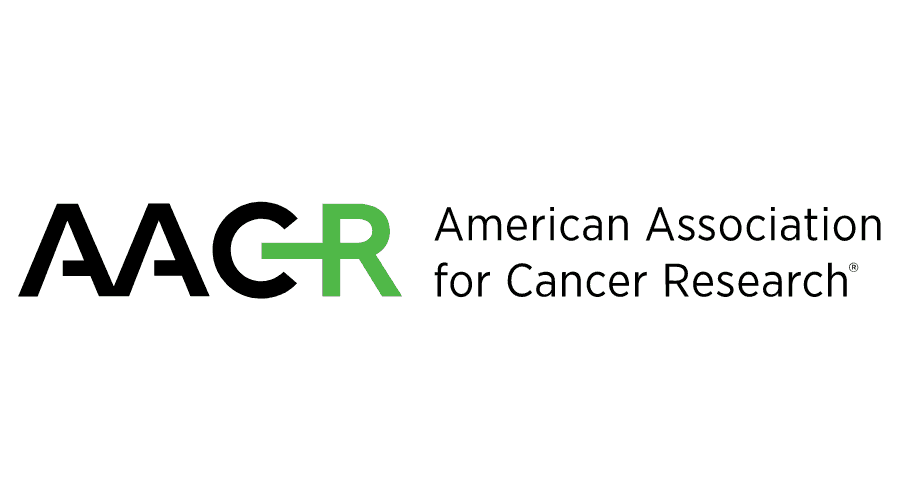Article
Fremanezumab Cost Effective for Both Types of Migraine, Researchers Say
Author(s):
A computer simulated cost-effectiveness model of fremanezumab for migraine found that it was cost effective versus no treatment. Researchers presented a poster about its cost-effectiveness for the prevention of chronic and episodic migraine at ISPOR 2019.
A computer simulated cost-effectiveness model of fremanezumab for migraine found that it was cost effective versus no treatment. Researchers presented a poster about its cost-effectiveness for the prevention of chronic (CM) and episodic migraine (EM) at ISPOR 2019.
Fremanezumab is a calcitonin gene-related peptide inhibitor (CGRP) and was approved last year by the FDA for the preventive treatment of migraine in adults. Migraine is characterized as either EM, defined as fewer than 15 headache days per month, or CM, defined as 15 or more headache days per month for more than 3 months, of which 8 or more migraine days.
The Institute for Clinical and Economic Review (ICER) released its final evidence report evaluating the effectiveness and value of CGRP inhibitors last year, finding that fremanezumab fell under the $150,000 per quality-adjusted life year (QALY) threshold in CM and were nearly equivalent to the threshold in EM.
In the base case analysis, data from the pivotal fremanezumab randomized clinical trials (RCTs) were used for effectiveness, assuming that placebo had no effect on the number of migraine days (MDs).
Another analysis compared fremanezumab with placebo arm MD profiles (with placebo effect) based on RCT data.
Analyses were performed on a population made up of both patient groups (67% CM, 33% EM). Outcome measures were costs, reduction in MDs, and quality-adjusted life-years (QALYs); incremental cost-effectiveness ratios (ICERs) were reported as cost per QALY gained between fremanezumab and no treatment (placebo).
Three types of analyses were performed in the model: a deterministic ICER analysis, a 1-way sensitivity analysis, and a probabilistic sensitivity analysis (PSA). A semi-Markov cost-effectiveness model (CEM) was developed with a 4-week cycle and 10-year analysis time horizon. Costs and benefits were discounted at 3% annual rates. Treatment efficacy was incorporated as reduction in mean MDs/28 days. Patient cohorts were distributed among MD categories (0-28 MDs/28 days) based on mean MD levels.
The CEM estimated costs (fremanezumab acquisition and MD-related costs [direct and indirect]) and health-related quality of life (MD- and treatment status—based utilities) for fremanezumab and no-treatment arms.
Only background mortality was modeled. Outcome measures were costs, reduction in MDs, and quality-adjusted life-years (QALYs). The incremental cost-effectiveness ratio (ICER) was reported as cost/QALY gained between fremanezumab and no treatment. In the base-case analysis, randomized clinical trial (RCT) fremanezumab MDs/28 days were compared with constant no-treatment MD profiles. Fremanezumab was also compared with RCT-sourced placebo-arm MD profiles.
In the base-case 10-year analysis time horizon, monthly fremanezumab treatment resulted in a cost/QALY ICER of $17,755, with average incremental costs of $3642/patient, incremental QALYs of 0.205, and a 146-day reduction in MDs. Excluding indirect costs, fremanezumab treatment resulted in a cost/QALY ICER of $44,748, with average incremental costs of $9180/patient. Where placebo effects were included, fremanezumab treatment resulted in a cost/QALY ICER of $114,259, with average incremental costs of $10,491/patient, incremental QALYs of 0.092, and a 46.8-day reduction in MDs. Similar results were achieved using cost estimates for quarterly dosing.
Reference
Smolen L, Gandhi SK, Klein T, et al. 10-year cost-effectiveness analyses of fremanezumab as preventive treatment in chronic and episodic migraine. Presented at: ISPOR 2019 Annual Meeting, New Orleans, Louisiana; May 18-22, 2019; Poster PND21.

The Importance of Examining and Preventing Atrial Fibrillation




